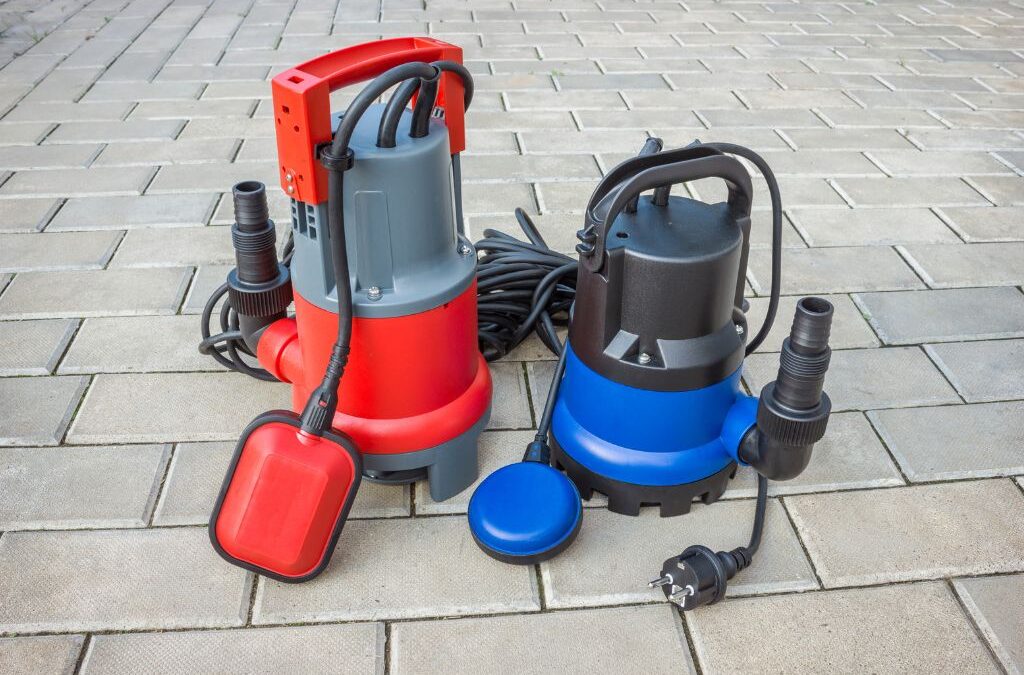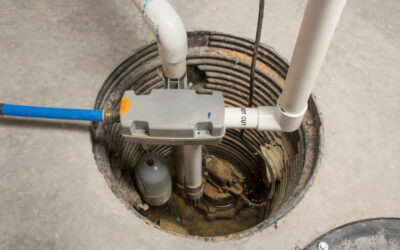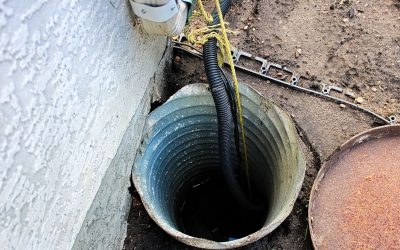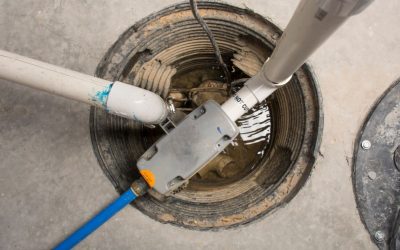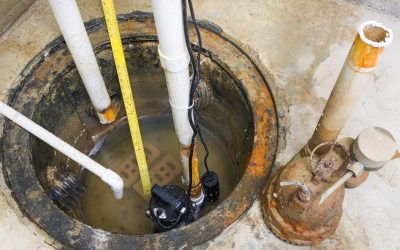When it comes to installing a new water system, there are several important decisions to make. One of them is choosing between a submersible or surface pump. Which one should you choose?
Submersible pumps are generally considered better because they provide higher flow rates and lower energy consumption. They also require less maintenance. Surface pumps, on the other hand, are easier to install and usually cost less.
Surface pumps are great for smaller systems, but if you want to get the most out of your investment, consider a submersible pump.
In this article, we’ll be taking a look at sump pumps and helping you decide what the right size is for your plumbing job.
What Is A Sump Pump?
A sump pump is a device that keeps water from collecting in basements and crawl spaces. It’s designed to draw water away from foundations and prevent flooding.
Sumps are basically large tanks with an opening at the bottom. Water drains into the tank through a pipe and then flows back up through another pipe.
The second pipe connects to the building’s drain line. This allows water to leave the basement without causing damage to floors or walls.
Sump pumps can be powered by electricity, gas, or even manual operation.
Sump Pump Sizing Estimation
Surprisingly, you don’t need to be an engineering or plumbing specialist to figure out what size sump pump you require.
That doesn’t mean it’ll be simple, and you’ll have to do some math to figure out the correct size for the job.
Keep in mind that this approach will just provide you with an estimate of the ideal sump pump size for your sump pit, but that is generally enough to get the job done.
First and foremost, you must ensure that you have wet conditions before beginning the computations. This is because you’ll need to let the pump run for a while to work out the kinks afterwards.
Turn on your sump pump until the float switch is turned off and the water starts to recede. Then, after a minute or so, unplug the pump to enable the water to rise again.
Now, calculate how much water has accumulated in the sump pit since your pump was turned off. The average diameter of a sump pit is 18 inches, although it’s worth double-checking just to be sure.
Every inch of water inside the sump pit amounts to around 1 gallon of volume with an 18-inch broad pit. Now multiply the amount of water that flowed in a minute by 60 to get an estimate of how much it will rise in an hour.
This method helps you find a ‘gallons per hour’ (GPH) number for your sump pit’s capacity, which will help you figure out what size sump pump you need.
However, because this figure isn’t always precise, it’s best to be safer than sorry. As a result, multiply the GPH number by 1.5 as the final step.
This way, you’ll have more than enough room to adjust your calculations if they’re wrong somewhat.
Example
A regular sump pit will receive around 20 inches of water in that minute that the sump pump is left unplugged.
When we multiply this figure by 60, we get our GPH of 1200.
Finally, we multiply 1200 by 1.5, and we get a final figure of 1800.
Therefore, 1800 GPH is the capacity we should be looking for with our next sump pump.
The final equation looks like this:
20 X 60 X 1.5 = 1800
How Much Does A Sump Pump Cost?
The price of a sump pump depends on many factors, including its size, features, brand, and whether it’s electric or not.
Electric sump pumps are typically more expensive than their non-electric counterparts. However, they’re very convenient since they don’t need any power source.
Electric sump pumps come in two types: battery-operated and hardwired. Battery-operated models use batteries to keep the pump running.
Hardwired models have a built-in electrical cord that runs directly to the outlet.
Both options offer similar performance, so it really just comes down to personal preference and how much space you have available to run a wire to an outlet or not.
Non-electric sump pumps are much cheaper than their electric counterparts. They do not run off of batteries, which means they must be plugged into an outlet.
These pumps are often referred to as “gasoline” sump pumps because they were originally used to move gasoline around.
Non-electric sump pumps come in three different sizes: 10 gallons, 20 gallons, and 30 gallons. You will likely find these pumps at home improvement stores like Lowes or Home Depot.
How To Install A Sump Pump In Your Basement
Installing a sump pump in your basement requires some basic tools and knowledge about plumbing. Here’s what you’ll need:
- Plumbing tape (or duct tape)
- Pipe clamps
- Screwdriver
- Electrical tape
- Level
- Drill
- Socket wrench
- Tape measure
- Measure the distance from the floor to where the sump pit will be located. If you’re using concrete, add at least 18 inches to this measurement.
- Use the level to make sure the pit is perfectly vertical. If it isn’t, adjust the height until it is.
- Using pliers, remove all screws holding the sump pit in place.
- Remove the lid of the pit and fill it with gravel.
- Attach the sump pit to the wall with screws. Make sure the hole in the pit is aligned with the drainpipe.
- Connect the sump pit to your existing drain pipe with flexible tubing.
- Place a bucket under the drain pipe to catch excess water.
- Plug everything together!
- Test the sump pump for proper function. If there is no water coming out of the pit, check the connections between the sump pit and the drainpipe.
Conclusion
A sump pump is one of those things that everyone needs but few people actually install.
If you want to save money on your home insurance, then installing a sump pump might be a good idea.
However, if you live in a flood zone, you should probably get a professional to help you install a sump pump.
However you choose to do it, as long as you follow the simple steps we’ve outlined in this article, you’ll have no problems finding the right-sized sump pump for your home!

